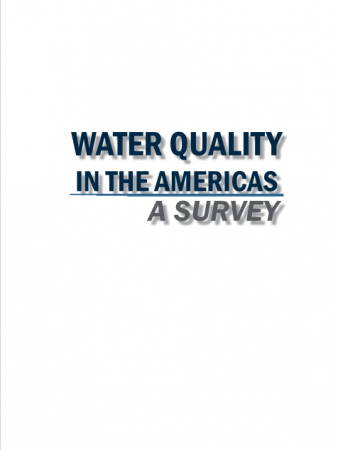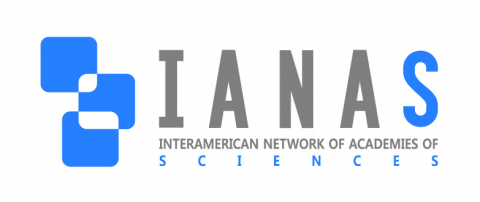This volume is an abridgement of a substantial work on water quality in the Americas produced by the Water Program of the InterAmerican Network of Academies of Science (IANAS). This work, which is entitled Water Quality in the Americas: Risks and Opportunities, was co-authored by some 148 scholars and experts including the members of the IANAS Water Program and their associates. The purpose of the present volume is to provide an accessible overview and summary of the larger document which totals over 600 pages. Unlike the larger version which provides descriptions and analyses of water quality problems on a country-by-country basis and several special chapters, this volume focuses water quality problems on a broader hemispheric basis.
While examples are drawn from individual countries, the intent is to provide the reader with an overarching assessment of the water quality problems of the Americas and some of the means for addressing them. In the 19th and early 20th centuries concerns about water resources were focused mainly on the adequacy of supplies to support domestic, industrial, and agricultural activities. With the advent of the modern era, it began to become obvious that protection and maintenance of water quality is an essential part of maintaining supplies for different uses of water. Continuing declines in water quality frequently result in loss of available supplies as surely as drought. The restoration and protection of water quality is complex and entails a variety of efforts ranging from the management of watersheds to the enactment and execution of water laws and policies.
This is especially true today as new and previously unknown contaminants emerge, often before their impacts on water and its uses can be adequately evaluated. Moreover, it is now understood the protection of ecosystems and the production of environmental services require careful management of water quality. Comprehensive monitoring of water quality is inadequate in most of the Americas.
Without monitoring it is difficult to assess the scale and extent of a water pollution problem and similarly difficult to know whether efforts to improve and protect water quality have been successful. Monitoring nominally requires public investment and yet the importance of it is obscure to members of the public and efforts to raise public revenues to support it are rarely successful.

